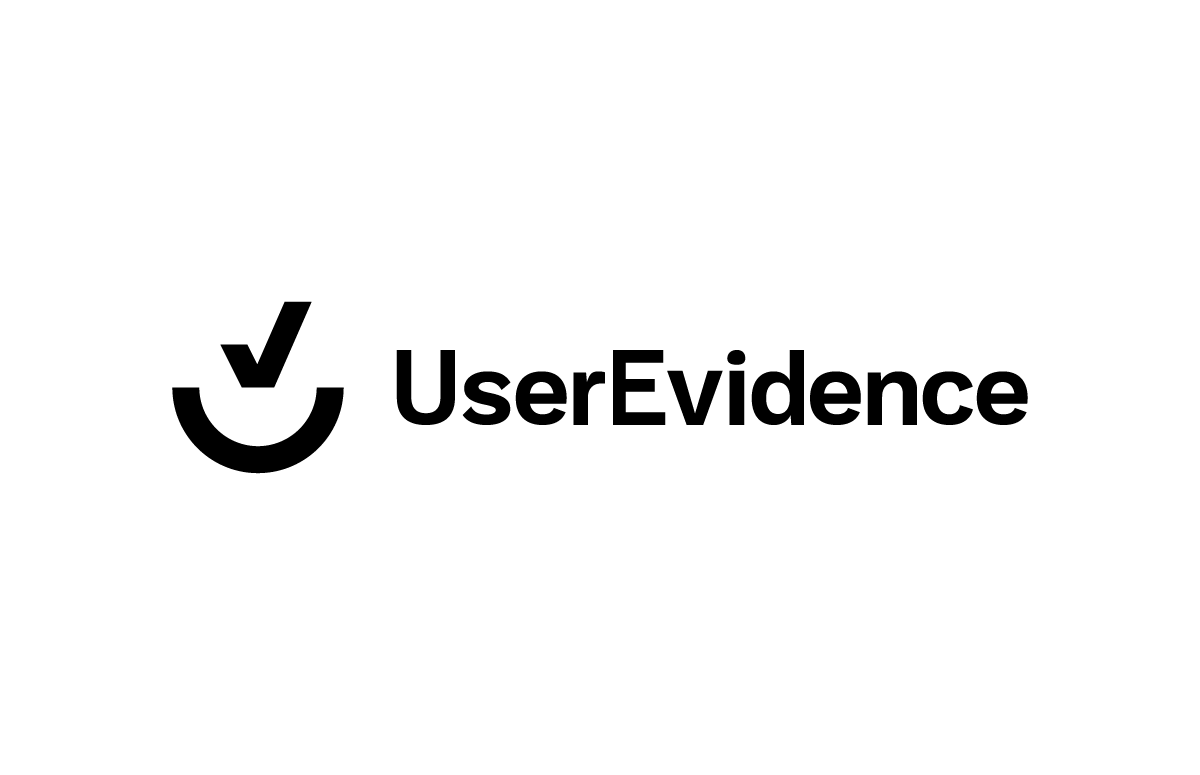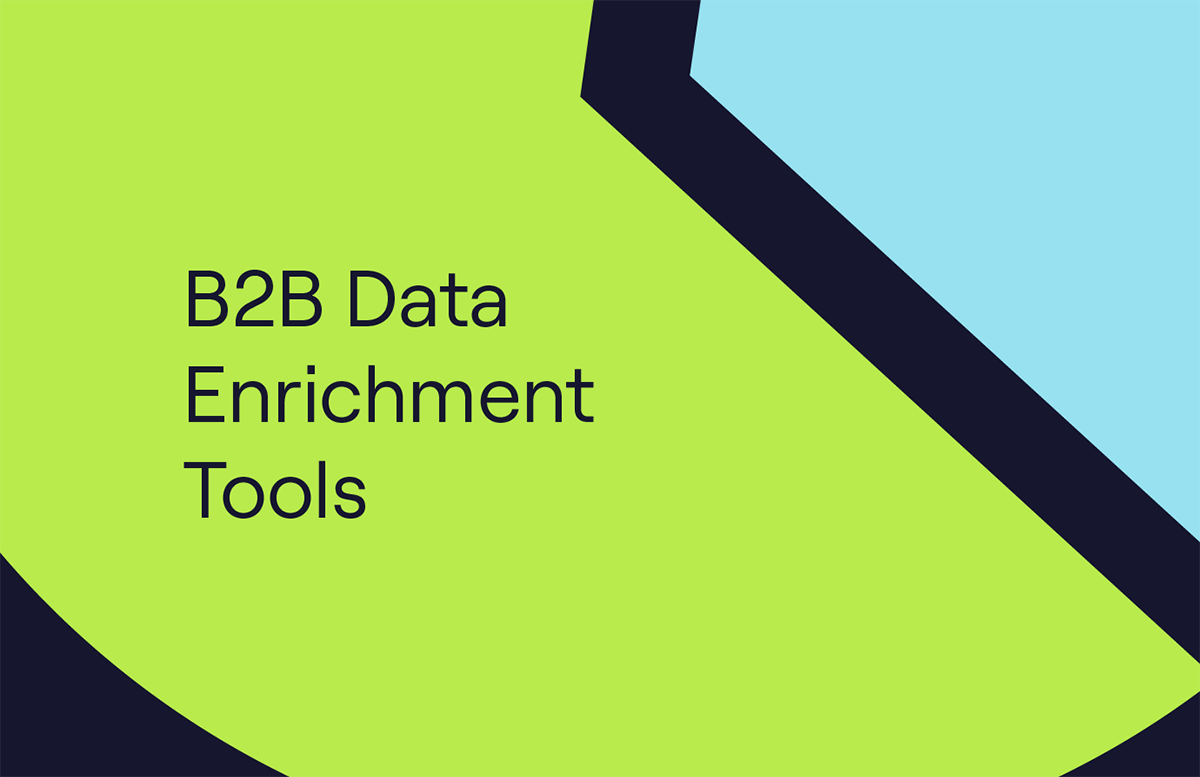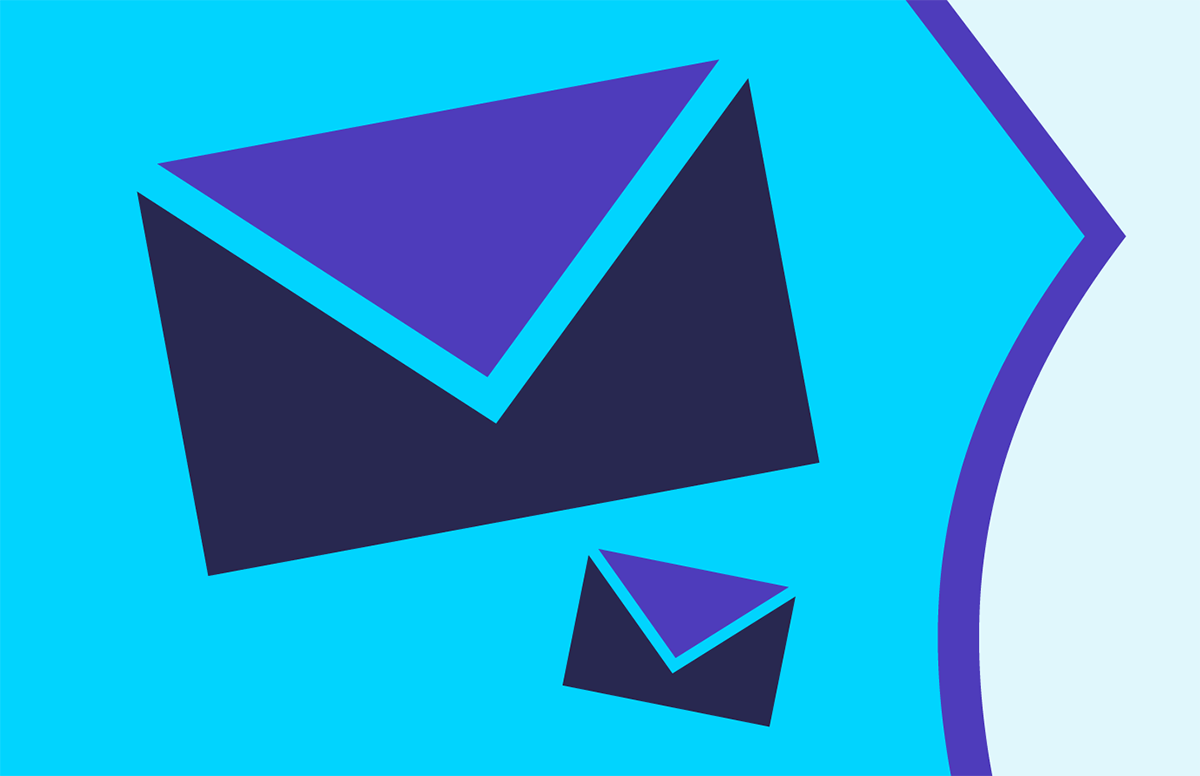What is Lead Enrichment? Everything to Know in 2026
Unlocking the key to successful sales is like discovering a hidden treasure. In the realm of lead generation and conversion, one invaluable gem shines bright: lead enrichment.
Picture this:
You have a wealth of leads at your fingertips, but their information is incomplete, leaving you in the dark about their true potential. By applying lead data enrichment, you’ll discover insights to guide your marketing and sales efforts and say goodbye to incomplete CRM data.
This article will dive deep into lead enrichment, exploring its definition, benefits to businesses, and the various types of data it encompasses.
Let’s get down to the details 👇
What is lead enrichment?
Lead enrichment involves gathering, organising, and examining data related to a customer’s interest in a company’s offerings. Lead enrichment aims to gather information that can improve the marketing and sales process and lead to higher conversion rates.
When you generate leads through various lead sources such as website forms, lead generation campaigns, or customer interactions, the initial data collected often needs to be more complete.
Here’s a common situation:
Your sales team receives a list of promising prospects, including email addresses, names, and surnames.
However, to launch successful marketing and sales campaigns, you need more information. You need B2B data such as industry, company, job title, etc.
That’s precisely where data enrichment fills in the gap. The good news is that you don’t have to enrich lead data manually.
Platforms like Cognism Enrich do it on autopilot so that sales and marketing can use reliable and compliant data. Let’s look at some of its capabilities. 👇
On-demand CSV enrichment to update your existing database
With Cognism Enrich, you can upload a CSV to enrich your CRM
CSV enrichment helps to update your existing database, by finding the best match on the provided datapoints. Just upload your CSV and Cognism will fill in the blanks. It allows businesses to dodge data decay and retain as much accurate and actionable prospecting data as possible. So, when launching new campaigns or refreshing old call lists, reps can rely on the numbers and emails they have.
Enrichment through an API for real-time data
Cognism’s API enrichment gives you direct access to our powerful data engine. Enabling you to search and enrich contact and company data exactly where you need it. Here are some everyday use cases for the API:
- Auto-enriching inbound leads.
- Embedding data into your CRM or product.
You can check out one of the Cognism Enrich product tours to see how both these options work. 👇
Are there any other ways to enrich my data in real-time?
Data as a Service (DaaS) is a cloud-based management solution that provides larger organisations with access to high-quality data, scalability, flexibility, and, most importantly, enrichment at scale.
It empowers your team with continually refreshed data through APIs without additional infrastructure, so that you can access data from various sources. The result is that you always get the data you need, when you need it, regardless of industry or application.
.webp?width=700&height=395&name=Data-as-a-service%20imagery-01%20(2).webp)
Cognism’s DaaS, for example, offers flexible delivery options to integrate B2B data in the format and frequency of your choice:
- API & Flat File delivery: Real-time enrichment or scheduled batch drops via Snowflake, S3, Google Cloud, Databricks or SFTP
- Data quality & compliance: Audit-ready metadata and consent trail are aligned with GDPR, CCPA, and PECR.
- Continuous value realisation: ROI benchmarking, usage health reviews and expansion scoping.
Why is lead enrichment important for your business?
Lead enrichment is important because it helps keep your B2B lead data up-to-date and accurate.
Adding more information about your leads helps your sales team identify high-priority prospects faster and create messaging that will resonate with them.
They can use enriched lead data to create more personalised outreach sequences and write a powerful follow-up when the right time comes.
When you enrich your data, you ensure it’s accurate and current and can match it with information that helps power your sales strategy.
For example, by following sales triggers to be alerted when a company raises a new funding round.
But there’s much more to it.
Here’s a brief outline of what objectives B2B lead enrichment helps achieve:
|
Standardise lead data |
Clean up lead enrichment data, and have it follow a specific format. It’s especially important when the data comes from different sources and follows different formats. |
|
Improve lead qualification |
Make it easy for your teams to evaluate and qualify prospects as they get more information to make informed decisions. |
|
Improve campaigns and messaging |
Get more insights about your leads, such as typical demographics or interests, to build on more persuasive marketing messaging. |
|
Uncover purchase intent |
Tip into richer information on your prospects’ interests, demographics, and motivations to learn about their buyer intent. |
|
Increase conversion rate |
Increase conversions as you improve lead qualification and create targeted messaging that resonates with prospects. |
Companies cannot function effectively with legacy data. Sales data deteriorates quickly, and out-of-date information can cause serious harm to your sales or marketing campaigns.
The biggest clue that your data isn’t right is a rise in bounced emails when you run a campaign. That means the people you thought you were contacting are no longer at the same companies. New people are in their place but are not finding out about your product.
If this is happening, you need to do a data health check. Look at the data in your company CRM – how old is it? If poor, outdated information affects your outbound efforts, it’s time to consider enrichment lead generation.
Types of lead enrichment data
There are at least nine types of lead enrichment data used by B2B sales and marketing teams
1. Contact data
Contact data is the most sought-after type of data for lead enrichment. It’s key to grow your business through prospecting and lead generation campaigns. With Cognism, you can enrich historical lead contact data in your CRM and enrich fresh data that enters your systems.
Examples of contact data:
- Leads' cell phone numbers.
- Email addresses.
-
Direct line phone number.
Since working from home has become a new normal, access to prospects’ mobile phone numbers is more valuable than to direct dials. It lets you reach the prospect directly and avoid company gatekeepers.
2. Firmographic data
Firmographic data provides details regarding the organisation or company associated with the lead.
Examples of firmographic data:
- Industry.
- Company size.
- Location.
- Revenue.
- Company structure.
Firmographic data is great for B2B marketing lead enrichment. You can use it to segment and target leads based on specific criteria. For example, you can create segmented campaigns to differentiate your messaging depending on the B2B industry.
3. Demographic data
Demographic information provides insights into the personal characteristics of a prospect. This type of B2B data can also help you build an ideal customer profile to base your enrichment processes on.
Examples of demographic data:
- Age.
- Gender.
- Income.
- Education level.
- Job title.
- Role within the organisation.
Using demographic data correctly helps create stronger messaging because you can better understand a lead’s preferences and needs.
4. Intent data
Intent data tracks a lead’s online behaviour and signals to identify their interest and buying intent.
Examples of intent data:
- Web searches.
- Content consumption.
- Website visits.
- Interactions.
Once you have this data, you can prioritise your engagement with specific groups looking for your solution. Cognism, an AI-powered B2B data provider, helps businesses enrich leads and uses intent data from Bombora.
What’s more, you can use Cognism for Salesforce lead enrichment, ensuring you always have up-to-date data across all integrations.
5. Technographic data
Technographic data focuses on the technologies and tools a lead’s organisation uses.
Examples of technographic data:
- Information about the software.
- Information about the hardware.
- Account’s IT infrastructure.
Knowing what software your active prospects have in their tech stacks helps you qualify leads better and personalise your campaigns.
💡You might be interested in technographic data providers.
6. Social media data
Social media enrichment involves gathering information from a prospect’s social media accounts, such as LinkedIn, Twitter, or Facebook.
Examples of social media data:
- Lead’s interests.
- Activities.
- Connections.
- Engagement patterns.
Social media data is another source of inspiration; it can aid your account-based marketing campaigns and increase B2B sales.
7. Geographic data
Geographic sales lead enrichment provides location-based information about leads.
Examples of geographic data:
- City.
- State.
- Country.
Geographic data helps to tailor marketing campaigns, localise content, and target leads based on their geographical location or preferences.
8. Account data
Account data enrichment focuses on gathering and appending company details as a whole rather than as an individual lead.
Examples of account data:
- Company hierarchy.
- Subsidiaries.
- Parent companies.
Account data enrichment helps sales representatives understand the bigger picture and identify potential cross-selling or upselling opportunities.
9. Behavioural data
Behavioural data captures a lead’s past actions, interactions, and engagement patterns across various touchpoints.
Examples of behavioural data:
- Email opens.
- Link clicks.
- Website visits.
- Content downloads.
- Event registrations.
Behavioural data helps B2B companies understand a lead’s interests, preferences, and engagement level.
Examples of lead enrichment
You should know a few good use cases before developing your strategy around sales lead enrichment. Let’s have a look at possible options.
- Learn about personal characteristics — by enriching your data with additional lead insights such as their interests and background, your marketing team can create more personalised campaigns that resonate with your future customers.
- Monitor a lead’s online behaviour — adding intent data lets you learn if a user is actively looking for solutions like yours. It allows you to reach out with an offer at the right moment.
- Capturing past interactions — learn about your lead’s interactions with your company website to put better scoring in place. Outreach to leads after they perform a click or form submission in critical places of your website.
- Identify upselling opportunities — get an outlook on all decision-makers, their changing needs, and pains to upsell more products to different people in the same organisation.
- Tailor location-based offers — by enriching lead profiles with geographical data, you can personalise your messaging and offer solutions specific to different markets.
A great lead enrichment example is how UserEvidence used Cognism to enrich their accounts and contacts with accurate contact data. This helped them increase their pipeline by 33% within three months.
Here’s what they said:

SDR Manager @User Evidence

How does lead enrichment work?
Sales lead enrichment is a straightforward process consisting of four steps: data collection, lead routing, lead conversion, and lead nurturing. Let’s examine each.
1. Data collection
You can gather data to enrich information about your prospects in two ways: manually or with third-party tools to enrich data in-house.
The first scenario usually involves a lot of overhead costs and could be more economically viable. Purchasing data from third-party B2B data providers is often cheaper and faster.
For example, using a lead enrichment tool like Cognism can help update prospect information with phone-verified mobiles.
Once you have collected the necessary information to enrich your lead data, it’s time to score and segment prospects for future campaigns. Let’s review both.
1) Lead scoring — helps you assign a score to leads based on your analysed information. Every criterion includes a specific number of data points that you then assign to your prospects depending on what scale they meet the criteria.
2) Lead segmentation — lets you break prospects into a list of leads based on specific criteria. For example, you might create a separate list for leads representing the travel industry with an employee count exceeding 1,000. Segmentation dictates the strategy and content of your future campaigns.
2. Lead routing
Once your data is ready, it’s time to assign specific leads to your sales reps. This process is called lead routine or lead assignment.
Instead of doing it manually, you can rely on automation that contains specific routing rules. You can usually define how they should work. For example, you can decide that an executive working with enterprise clients receives prospects only from large organisations.
3. Lead conversion
You can introduce better lead scoring and improve lead qualification criteria with high-quality enriched data. For example, by applying intent data enrichment, you can quickly spot who wants to buy your tool so you can reach out immediately.
Lead enrichment also lets you personalise your campaigns better, allowing you to move your leads down the sales funnel faster.
4. Lead nurturing
You can use data from B2B providers to ensure you don’t miss out on leads that haven’t converted right away or haven’t accepted your offer in the past.
Effective lead nurturing will help you stay in touch with these prospects and continue building relationships.
Having up-to-date and accurate data on prospects allows you to optimise your nurturing sequences and strategies to find many more touch points.
Lead data enrichment: FAQs
What is lead enrichment for CRM?
Lead enrichment relates to the process of enhancing and enriching the lead data stored within the CRM system. CRM systems are designed to centralise and manage customer and lead information, and lead enrichment augments the existing data with additional details to provide a more comprehensive view of each lead.
Lead contact enrichment in a CRM involves gathering external data from various sources and appending it to the lead records within the CRM system. This additional data can include firmographic information, demographic details, technographic data, social media profiles, intent signals, geographic information, behavioural insights, and more.
The purpose is to enhance the quality and depth of the lead data to give you a better understanding of your leads.
How do you automate lead enrichment?
You can use sales automation tools or software platforms specialising in lead enrichment. These tools can automate the data collection process, integrate with your CRM system, and provide enrichment capabilities specific to your business needs.
When working with these tools, you usually start by defining the data fields you want to enrich within your lead records. This may include:
- Firmographic data.
- Demographic information.
- Technographic details.
- Social media profiles.
- Intent signals.
To run lead enrichment automatically, you should connect the tool with your CRM. Most lead enrichment tools have custom integrations with big CRM providers such as Salesforce, HubSpot, or Pipedrive.
After a setup, you can define what actions or activities should trigger automated lead enrichment — for example, when you add a new lead to a CRM or when a lead performs specific actions on your website.
Try Cognism for lead enrichment
With Cognism's Sales Companion, you get more accurate data by leveraging a company’s expertise in data collection, verification, and enrichment.
Cognism’s data collection processes, verification protocols, and data enrichment capabilities ensure the highest data quality standards.
As a result, you get data you can trust — and high response and conversion rates will follow!
/CTAs%20(SEO)/Enrich%20CTA%20Banner.webp?width=1434&height=550&name=Enrich%20CTA%20Banner.webp)
/CTAs%20(SEO)/Choose%20Cognism%20CTA%20-webp.webp?width=672&height=258&name=Choose%20Cognism%20CTA%20-webp.webp)

/csv%20enrichment/csv-enrichment-card.webp)
